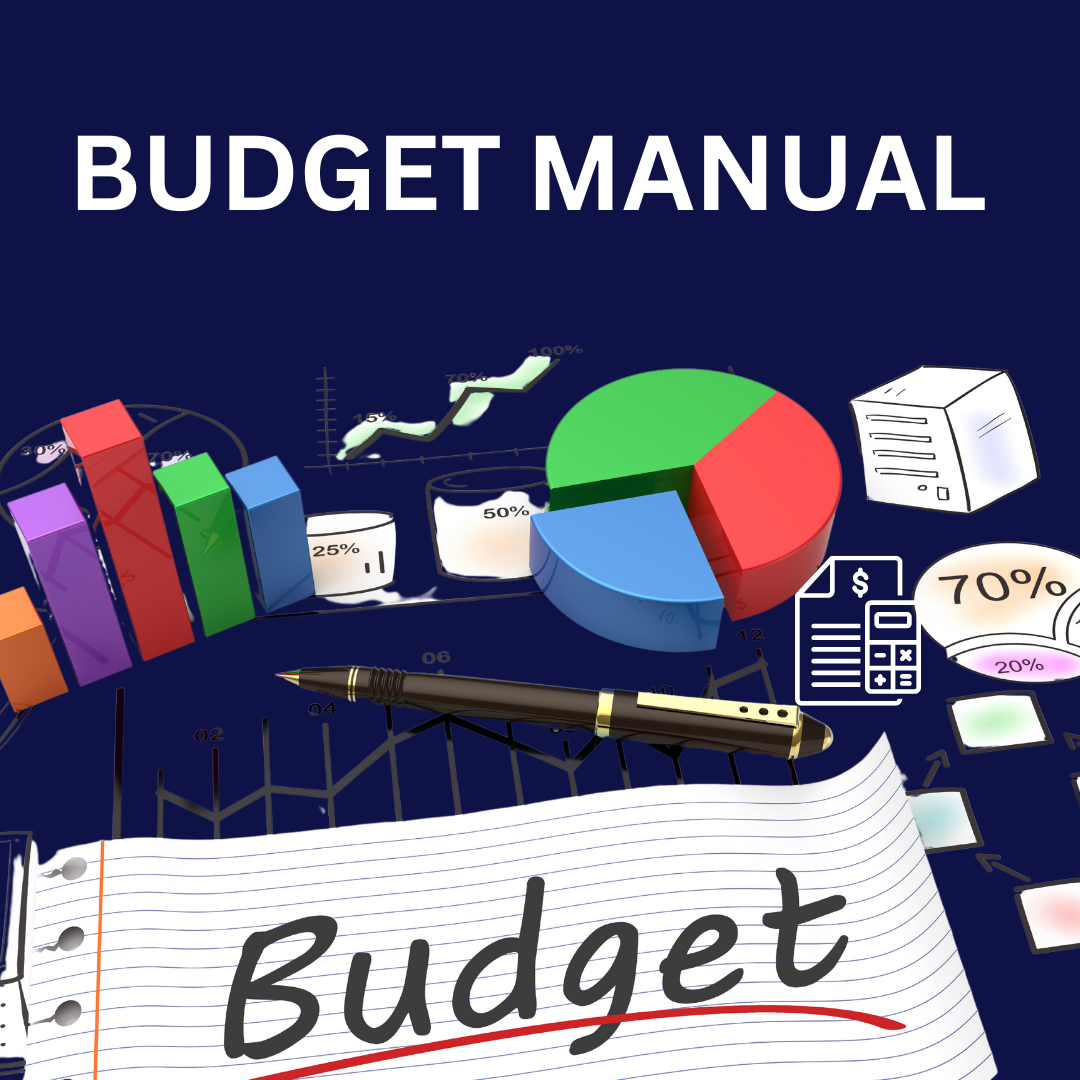Having a financial plan is crucial, regardless of your income level. If not, there's a strong likelihood that you'll wind up overspending, having debt problems, or falling short of significant financial objectives.
Remember that budgets aren't about imposing limitations or making yourself live without them. Rather, a budget assists you in managing your money so that you can achieve the goals that are most important to you.
A budget is a written plan that you use to outline your monthly spending goals is called a budget. It’s an outline of your anticipated income, spending, and savings goals.
Managing your money with a budget helps guarantee you’re putting your earned cash to good use based on your particular goals and values. It's simple to run out of money before your next paycheck comes, suffer from debt, build bad credit, and experience other undesirable outcomes if you don't have a budget.
How to create a budget in detail
- DECIDE ON YOUR OBJECTIVES.
Outlining your motivations for wanting to make the effort to manage your finances better is a good first step before creating your budget. Although they don't have to be difficult, budgets do need effort.
Budgets can also force you to say "no" (or at least "not now") to some purchases to pay for the things that are most important to you. To have a clear idea of what you're aiming for, it's advisable to establish your financial objectives at the start of this process.
Consider making a list of both short- and long-term financial goals. Long-term goals, such as supporting retirement or a child’s education, matter, but they could take decades to attain.
- DETERMINE HOW MUCH MONEY YOU MAKE.
A crucial first step in creating a successful budget is figuring out your net income. The amount of money you keep after expenses and other payroll deductions is known as your net income. To determine how much money, you have each month to spend and save, you must know your net income amount.
SELECT A BUDGET TYPE.
It's useful to be aware that there are numerous budgeting techniques before creating your financial plan. To determine which option appears ideal for you, you can study the several budget types. Don't be scared to experiment with different budgets until you find one that works for you.
Some of the most common budget categories are spreadsheet and envelope budgeting.
Budgeting with envelopes: Using actual cash to keep tabs on monthly expenses, the envelope budgeting system is a traditional method of budgeting. When you need to make a purchase, you take money out of the proper envelope after separating your available funds into distinct envelopes with labels (such as gas, groceries, eating out, etc.). Digital envelope budgeting versions are also offered if you enjoy the idea but would rather use an app.
Spreadsheet budget: An Excel or Numbers spreadsheet budget could be ideal for you if you want to establish a fully personalized budget or if privacy is an issue.
4. INCORPORATE MONTHLY EXPENSES
The next step in creating a budget is to have a clear picture of your monthly expenses. Before you can decide how you want to spend your money going forward, it helps to understand how you've been spending it. If you spend a lot of money, you might also want to start tracking those purchases. Some typical monthly expenses that you might need to include in your budget are: Bills: Rent or mortgage, utilities (such as gas, electricity, water, etc.), insurance, childcare, etc. Debt: Payments on personal loans, student loans, auto loans, credit cards, and other lines of credit
5. EXAMINE AND MODIFY
It's time to test your budget when you have a plan for your monthly spending. If your cash flow is negative (your spending surpasses your income), there's a fair likelihood that you'll need to make some adjustments to your budget in the upcoming months.
You should therefore keep tabs on your expenditures and periodically examine your budget. If you discover that you're overspending in some areas or that you haven't allocated enough funds in other budget categories, you might need to revise your plan. Making changes is a common step in the budgeting process.
The e-Barcs Selense current account is designed to provide several benefits to its customers:
Zero Commission on Turnover(COT): There are no fees charged on transactions or turnover, meaning customers can transfer money without worrying about additional costs.
Account Maintenance Fee (AMF) Free: There is no charge for maintaining the account, which makes it more affordable for customers who do not want to pay regular fees just to keep their accounts open.
Free Transfers: Customers can make transfers without incurring any charges, adding further value to the account.
Minimum Balance of 20,000: To maintain the account, a minimum balance of 20,000 is required. This means the customer needs to keep at least 20,000 in their account at all times.
In short, the e-Barcs Selense current account offers cost-free services for transactions, maintenance, and transfers, but requires a minimum balance to be maintained.
